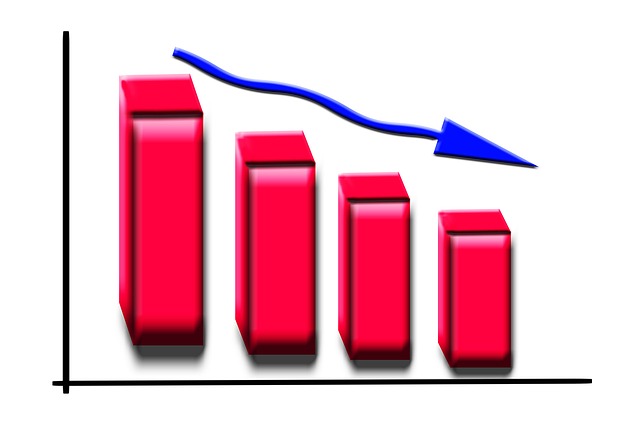 Major social media networks report declining numbers of users or flat user growth. Observers call it “peak social.”
Major social media networks report declining numbers of users or flat user growth. Observers call it “peak social.”
In their latest earnings reports Snap and Twitter reported a decline in daily active users between the first and second quarter. Facebook suffered a drop in European monthly users and flat growth in North American.
Not as Cool Anymore
The percentage of people using social media dropped from 80 percent in 2017 to 77 percent this year, according to the Infinite Dial report from Edison Research. “The shift in social media usage is absolutely one of the most compelling stories in this year’s Infinite Dial,” said Edison Senior vice president Tom Webster. “It is entirely possible that we have reached peak social. It might not be as cool anymore.”
While the recent drop in social media usage is not massive, it highlights a trend. Social media usage has increased a minimum of three percent annually and an average of 7.77 percent for the past nine years.
“Any drop in social media usage is unprecedented, and indicates that Americans are not wholly satisfied with social in ways they may have been in the past,” says Jay Baer, founder of Convince & Convert. Baer predicts a continuing decline in 2019.
Why the Drop in Users?
Many factors have caused the decline. The networks have run out of room to grow, at least in the U.S. Facebook and Twitter pointed to the European Union’s new privacy law, the General Data Protection Act, often referred to as GDPR. Snap blamed its recent unpopular redesign implemented this year for its decline. Twitter has removed millions of fake accounts in its ongoing campaign against trolls and fake news purveyors. More people are turning to messaging platforms like WhatsApp and Facebook Messenger.
In addition, the public may have grown tired of the hate speech, fake news and lack of privacy on the platforms. With all the news about manipulative accounts, people may have lost trust in the networks.
“Facebook and Twitter have grown rapidly on the promise of greater connectivity. Along with the benefits, however, the dark side of these new technologies has come to the surface and consumer trust is eroding fast,” writes Saul Klein, dean of the Gustavson School of Business at the University of Victoria. “Continuing large increases in subscriber growth are unlikely to materialize unless the companies do something about the way they are perceived.”
No Need for PR & Marketing to Worry
Arik Hanson, principal of ACH Communications, advises marketing and PR professionals not to worry about peak social. “From a marketer’s/communicator’s point-of-view, it just doesn’t matter,” Hanson says.
While the networks’ user growth had indeed plateaued, the networks still reach millions of people – 2.23 billion worldwide in the case of Facebook.
“The “peaking” of social media platforms should be of little concern to marketer’s and communicator’s. But, the behavior changes that are happening absolutely should be,” Hanson warns.
This is What’s Important:
Social media behavior has changed. People scan more and post and engage less. People visit the platforms to obtain information and rarely comment or share posts.
Engagement with Facebook posts of major brands dropped more than 50 percent over the last 18 months, according research from Buffer and BuzzSumo.
Informed marketers knew about the trend of falling engagement. “As businesses, however, I don’t think we truly understood how dramatic this decline in engagement (shares, likes, reactions, and comments) has been overall – until now,” says Brian Peters at Buffer.
Here’s the good news for businesses: The decreasing overall engagement numbers on social platforms may not necessarily apply to individual corporate accounts. Those businesses and brands that find interesting and entertaining new ways to engage followers will almost certainly attract more new followers – even in the face of declining overall users and usage.
Bottom Line: Social media use has plateaued and is falling on some networks. The declines are for both the number of users and activity per user. Should the declines prompt brands to turn away from social media marketing? Rather than fretting about the decline of social media, smart communications professionals will consider fresh strategies to attract more followers and greater engagement.
William J. Comcowich founded and served as CEO of CyberAlert LLC, the predecessor of Glean.info. He is currently serving as Interim CEO and member of the Board of Directors. Glean.info provides customized media monitoring, media measurement and analytics solutions across all types of traditional and social media.




